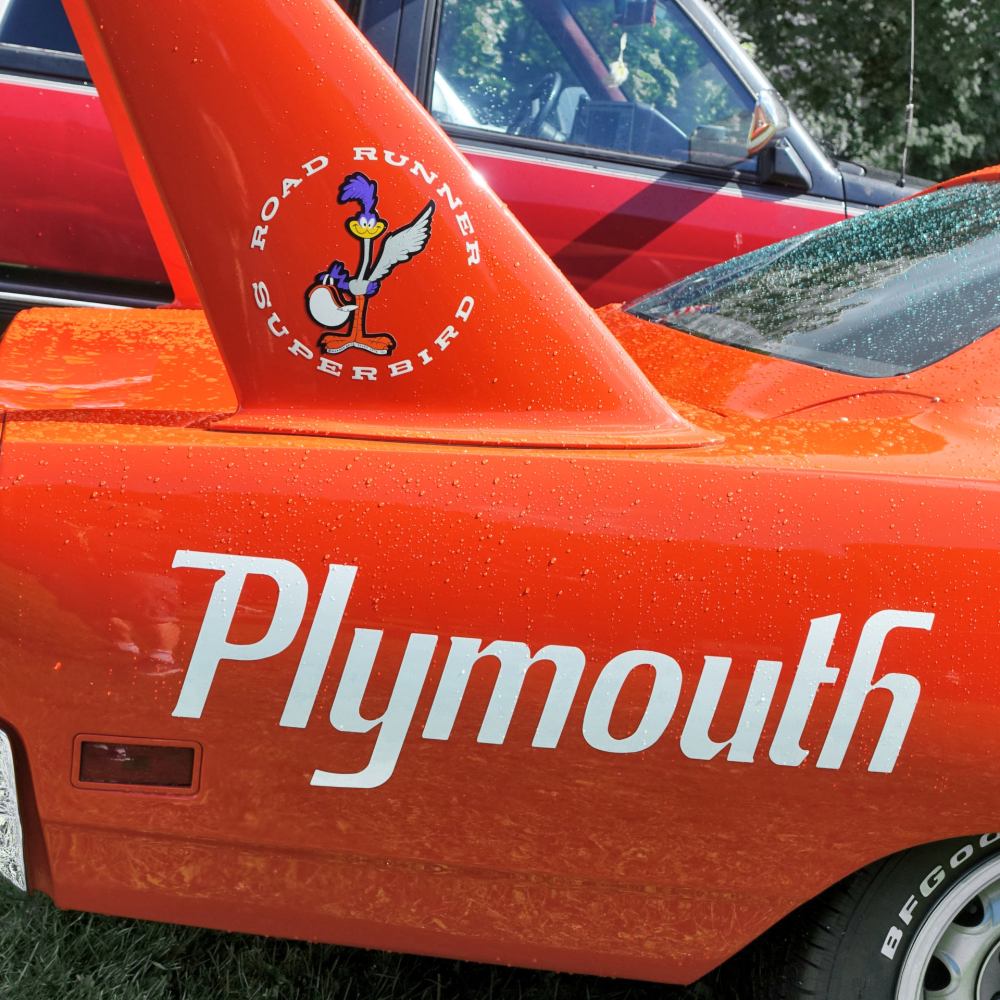When I saw this car for the first time, I didn’t understand what it was and turned my back to it. Now I know – there is no reason to underestimate a Superbird!
The Ugly Duckling?
When I saw this car for the first time I thought: What is this? Has someone gone mad in the garage? I didn’t care to look closer, but took photos of other cars – “real” classics, leaving the ugly duckling alone. So many lovely hardtops Plymouth has made! Why ruin such a beautiful car by adding a front beak and a wing that looks like a towel rack?
Little did I know what this was.
It was about NASCAR and stock car racing where the teams compete with “regular” cars, although it is clear that it was not a race between base models. There were cars that were purpose-built to win NASCAR. But according to the rules, competing models also had to be produced and offered to ordinary customers. Once the car manufacturers’ racing teams had developed a model for NASCAR, they had to produce the same car in a certain number for distribution in their own dealer network. When Plymouth entered the Superbird in NASCAR in 1970, the rules dictated that the manufacturer had to build at least one car for every second dealer in its network. A total of 1,935 Superbirds were made and distributed to dealers.
The Superbird wasn’t built to fulfill customers’ wishes – it was built to win NASCAR.
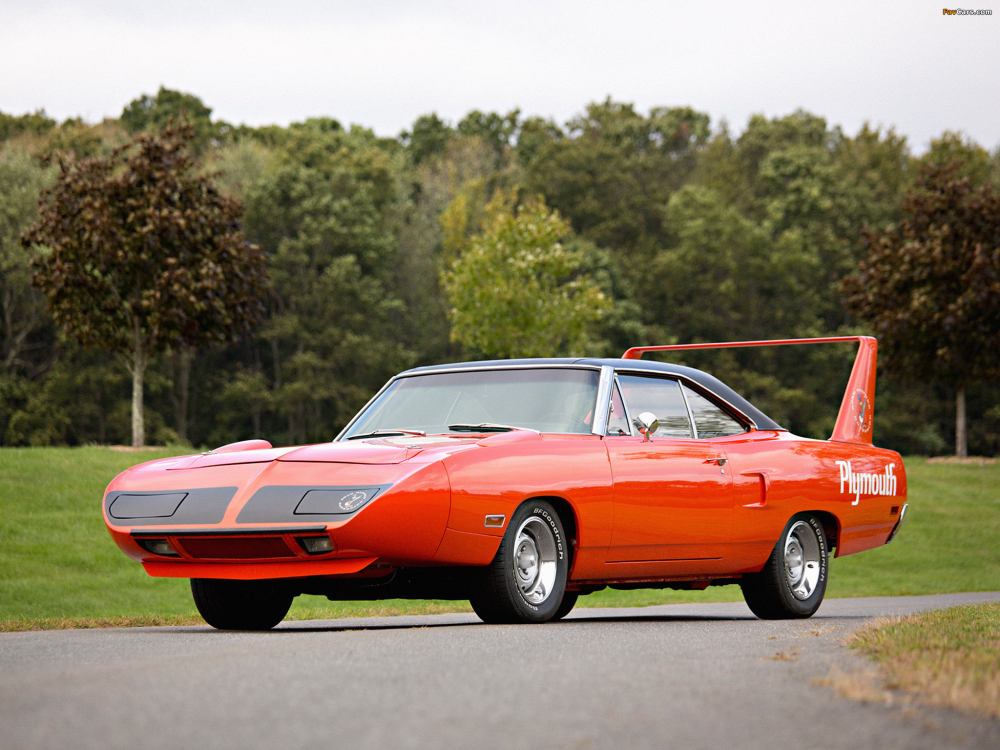
It was a victory!
Plymouth’s first driver, Richard Petty , had had several victories in the past with the Roadrunner, but it did not have the speed resources necessary. The solution was to put on a beak at the front and a solid rear wing. The Chrysler group had made the same move earlier with the Dodge Charger and saw that it worked. However, the aerodynamic effects had to be tested and carefully tuned to achieve the desired results. In retrospect, several attempts have been made, but no one has been able to ascertain whether the Superbird cars perform better than the host model Roadrunner. Why? Probably because the aerodynamic effects were adapted to racing cars that were lowered for track driving – not the cars you drove on the road.
What happened to the cars at the dealers?
The cars were only produced for model year 1970 for two possible reasons. One is that NASCAR changed the rules for 1971 with regard to engine classes, so that the Superbird could no longer participate. Another reason is that many of the cars received a lukewarm reception in the sales premises. Many had reacted in the same way as me. Many unsold cars were therefore converted into Roadrunners. But not everyone turned their backs on the Superbird. The cars gained many fans.
Replica kit
One of them was Ted Janak who started making parts to convert ordinary cars to the Superbird look – or replicas. Eventually, the hobby turned into a business. He started the company Winged Warrior Body Parts which supply everything you need to convert a 1970 Roadrunner into a Superbird. One can also rebuild the 1969 Dodge Charger in the same way. The first car to get a beak and wing was the Dodge Charger Daytona. There are videos online that show conversions in practice. You can also search for parts on Ebay. At the moment there is a “nose cone” for sale for NOK 72,000 and two rear wings for NOK 42,000 and NOK 35,000.

Real or replica?
With rising prices for the Superbird, it becomes important whether the car is real or a replica. Remodeling has been going on for decades. It’s far from easy to ascertain whether the car is real or a replica. The cars produced by Plymouth were also conversions. The rear window, for example, is smaller on the Superbird than the Roadrunner. Plymouth welded in a new frame, and on some cars it will be possible to see weld marks – even if they have been sanded and polished. That’s why all Superbirds were supplied with vinyl roofs. The difference between real Superbirds and replicas is that several replica kit body parts are made of fiberglass – not metal – and screwed in somehow.
The chassis number (VIN) of a genuine Superbird begins with ‘RM23U’ – where the ‘U’ indicates the model.
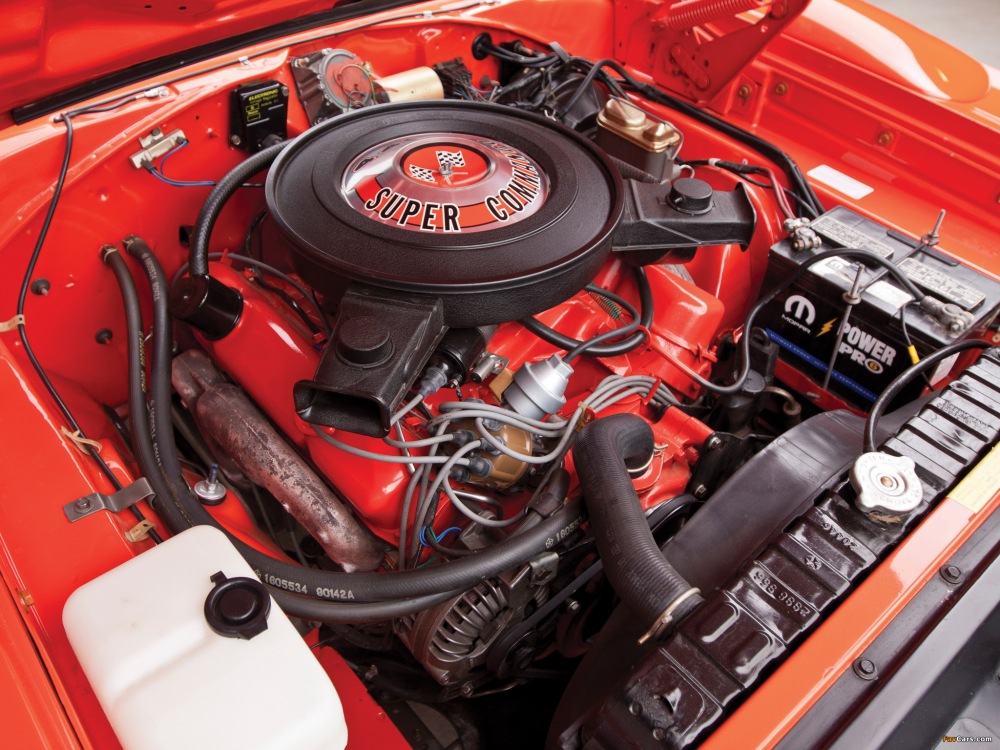
Facts Plymouth Superbird 440
Engine: 440 V8 (7.2 liters) with 4-barrel carburetors. 380 hp.
Net weight without driver: 1838 kg
Height, length, width: 561 x 194 x 156 cm
Top speed: 201 km/h
0-100: 6 seconds
Source: Automobile-catalog.com
Number of cars left in the world: approx. 1000
Number of cars in Norway: 3
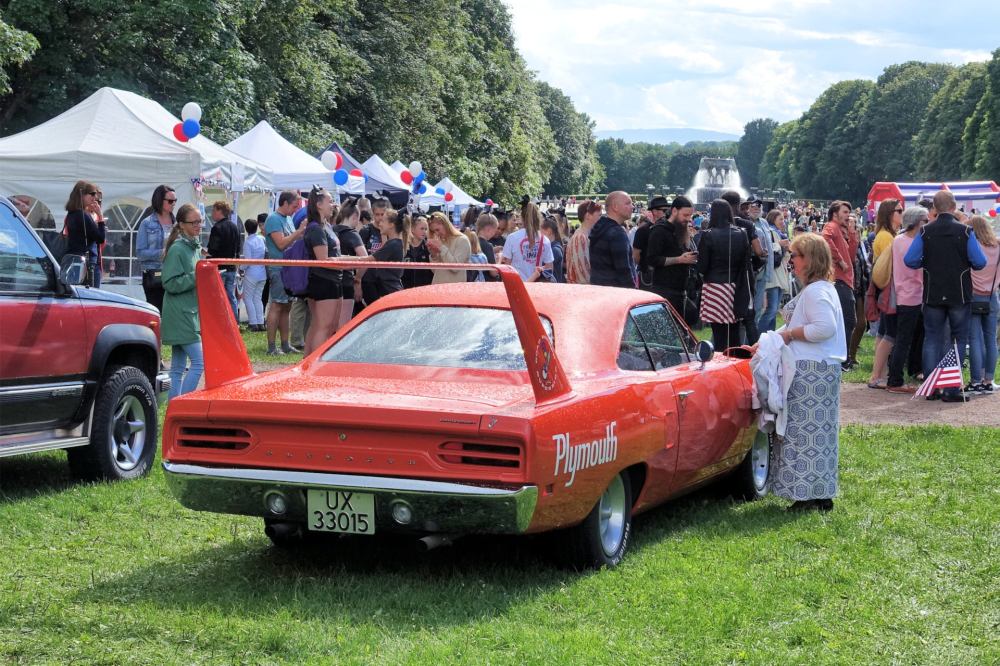
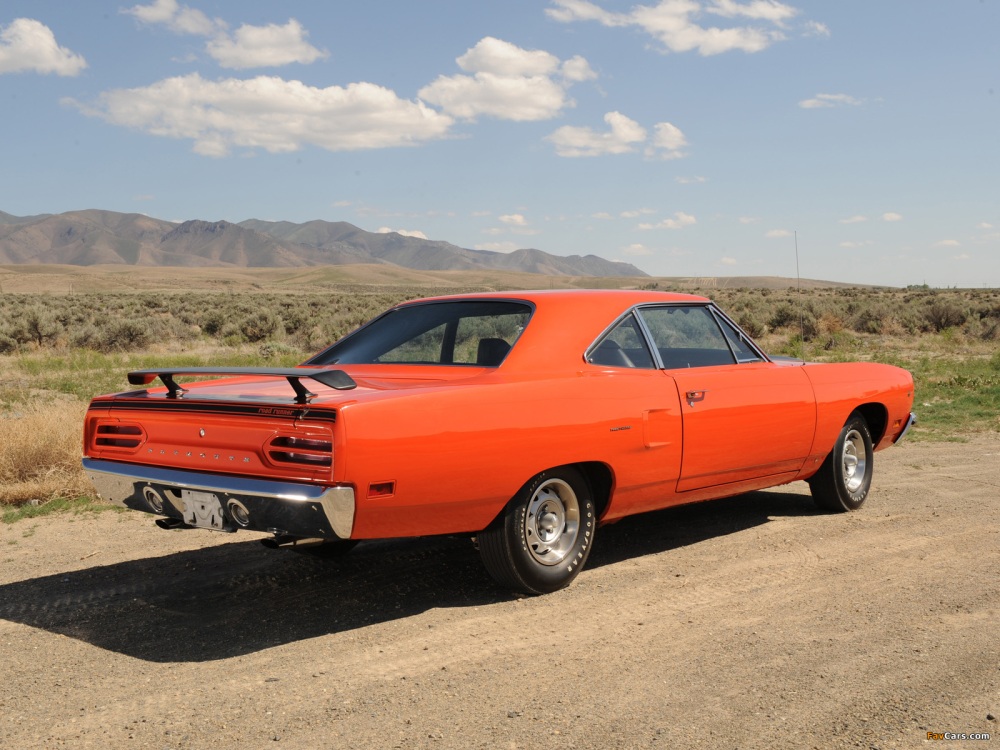
1970 Plymouth Roadrunner







